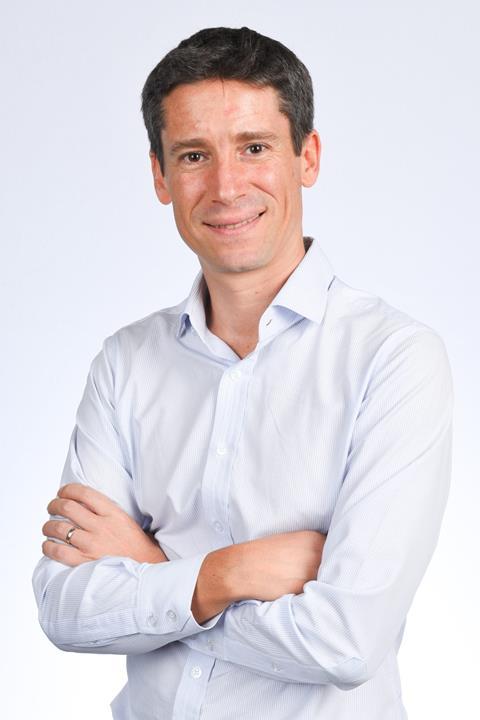Asia’s life and health (L&H) reinsurance market is changing, with fresh entrants and a change of products being sold on the primary side, according to Pierre Vende, Head of Accident, Health and Life, Aon Reinsurance Solutions.

What drives life and health insurance growth in this region?
Fundamentally, what’s driving growth across Asia Pacific, is that the L&H reinsurance market is closely linked to overall growth of economies, demographics and GDP growth. However, there are different levels of analysis for primary insurance and reinsurance, respectively, and the role that reinsurance intermediaries play in the region.
I’d also say that European perceptions can see Asia as a unified block, whereas the reality is diversity across countries and markets. The increasing wealth of emerging Asia’s middle class has driven growth in the past ten years, looking for healthcare products, pensions and life insurance.
Matured Asian economies, such as such as Japan, South Korea, Taiwan show slower growth quite like the European economies, but each have their own specifics, and China’s market is huge and has to be viewed on a standalone basis.
What has been the traditional role of the L&H reinsurer?
Traditionally the life reinsurance business model has been dominated by just six life reinsurers. They have provided the full range of services to clients, from setting pricing guidelines, to training staff, and gathering data from across the globe.
There is big demand from the primary side, among local insurers, for the expertise, services and intellectual property that only the global reinsurance companies, together with reinsurance brokers and consultants can provide.
That provision of services is a big driver of growth in emerging Asia, as well as a differentiator between the L&H reinsurance market and the non-life property and casualty (P&C) business, where those services are less important relative to arranging transactions. What this means is that the role of L&H reinsurance is much more about risk and capital management.
Aon’s role has been in helping clients choose the right reinsurance partners, based on experience in choosing the right structures, and in setting up large and complex arrangements across the globe.
On the life side these partnerships are very long-term deals, compared with just a year or perhaps two or three years for non-life business. L&H transactions are more akin to getting married for 20 or 40 years. You can’t unwind those transactions easily, which is another reason why the life side is so consolidated into fewer players than the P&C side.
How is the product mix of L&H insurers changing?
We’re already seeing a shift in the product mix of life insurers, from traditional investment and savings products, which include quite high minimum interest guarantees, towards insurance protection-focused products, covering mortality risk, living benefits, and protection against risks of disability, sickness and being unable to work.
In a way that means L&H insurers are becoming a bit more like P&C companies, because those products are more capital efficient, particularly as new risk-based solvency regimes and accountancy changes come into place within Asian markets.
Insurance risks are more capital efficient than taking on market risk, and reinsurers are providing additional capacity to help L&H insurance companies with that transition.
How is L&H reinsurance changing?
There are a few drivers of change. Some of this is driven by new reinsurance entrants into the market, as well as the increased presence of reinsurance intermediaries driving changes in way primary insurance firms are thinking about and buying reinsurance.
Historically there has been a very high levels of cession of liabilities. However, as a L&H insurer’s business grows and matures, they find themselves tied to one life reinsurer as their main partner, which can go on for decades without changing the use of reinsurance.
Now what’s happening is that there is a second tier of life reinsurance entrants into the market. They, along with reinsurance intermediaries, such as Aon, are challenging the use of reinsurance as a L&H insurer develops and its own business profile and strategy changes over time.
Some of these primary L&H firms want to transition to a partnership in which they don’t cede as big a portion of their liabilities, wanting to increase retentions over time. We’re helping them arrange that. There’s always been a natural evolution of growth, but that evolution is happening faster now in the life cycle of a primary life insurance company.









